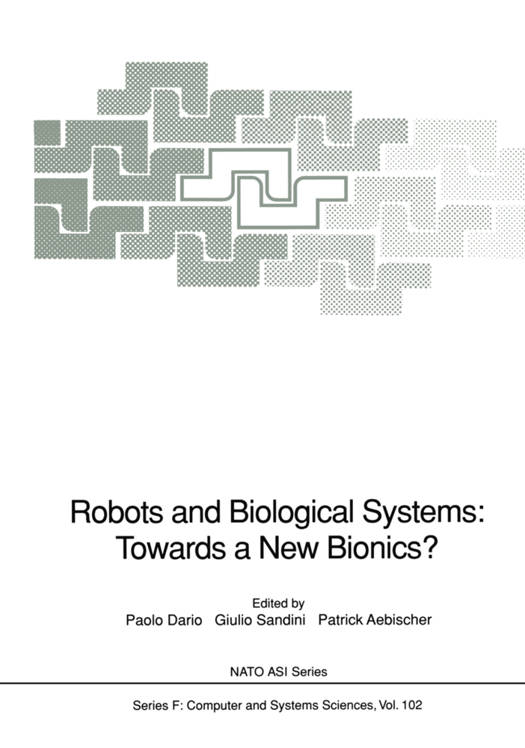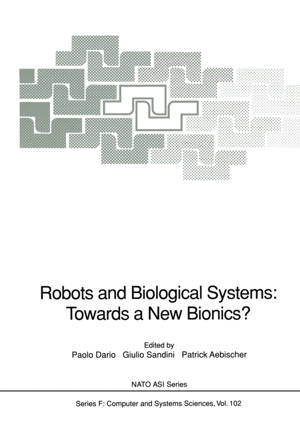
Door een staking bij bpost kan je online bestelling op dit moment iets langer onderweg zijn dan voorzien. Dringend iets nodig? Onze winkels ontvangen jou met open armen!
- Afhalen na 1 uur in een winkel met voorraad
- Gratis thuislevering in België vanaf € 30
- Ruim aanbod met 7 miljoen producten
Door een staking bij bpost kan je online bestelling op dit moment iets langer onderweg zijn dan voorzien. Dringend iets nodig? Onze winkels ontvangen jou met open armen!
- Afhalen na 1 uur in een winkel met voorraad
- Gratis thuislevering in België vanaf € 30
- Ruim aanbod met 7 miljoen producten
Zoeken
Robots and Biological Systems: Towards a New Bionics?
Proceedings of the NATO Advanced Workshop on Robots and Biological Systems, Held at II Ciocco, Toscana, Italy, June 26-30, 1989
€ 316,45
+ 632 punten
Omschrijving
Bionics evolved in the 1960s as a framework to pursue the development of artificial systems based on the study of biological systems. Numerous disciplines and technologies, including artificial intelligence and learningdevices, information processing, systems architecture and control, perception, sensory mechanisms, and bioenergetics, contributed to bionics research. This volume is based on a NATO Advanced Research Workshop within the Special Programme on Sensory Systems for Robotic Control, held in Il Ciocco, Italy, in June 1989. A consensus emerged at the workshop, and is reflected in the book, on the value of learning from nature in order to derive guidelines for the design of intelligent machines which operate in unstructured environments. The papers in the book are grouped into seven chapters: vision and dynamic systems, hands and tactile perception, locomotion, intelligent motor control, design technologies, interfacing robots to nervous systems, and robot societies and self-organization.
Alleen bij Standaard Boekhandel
+ 632 punten op je klantenkaart van Standaard Boekhandel
Beoordelingen
We publiceren alleen reviews die voldoen aan de voorwaarden voor reviews. Bekijk onze voorwaarden voor reviews.











